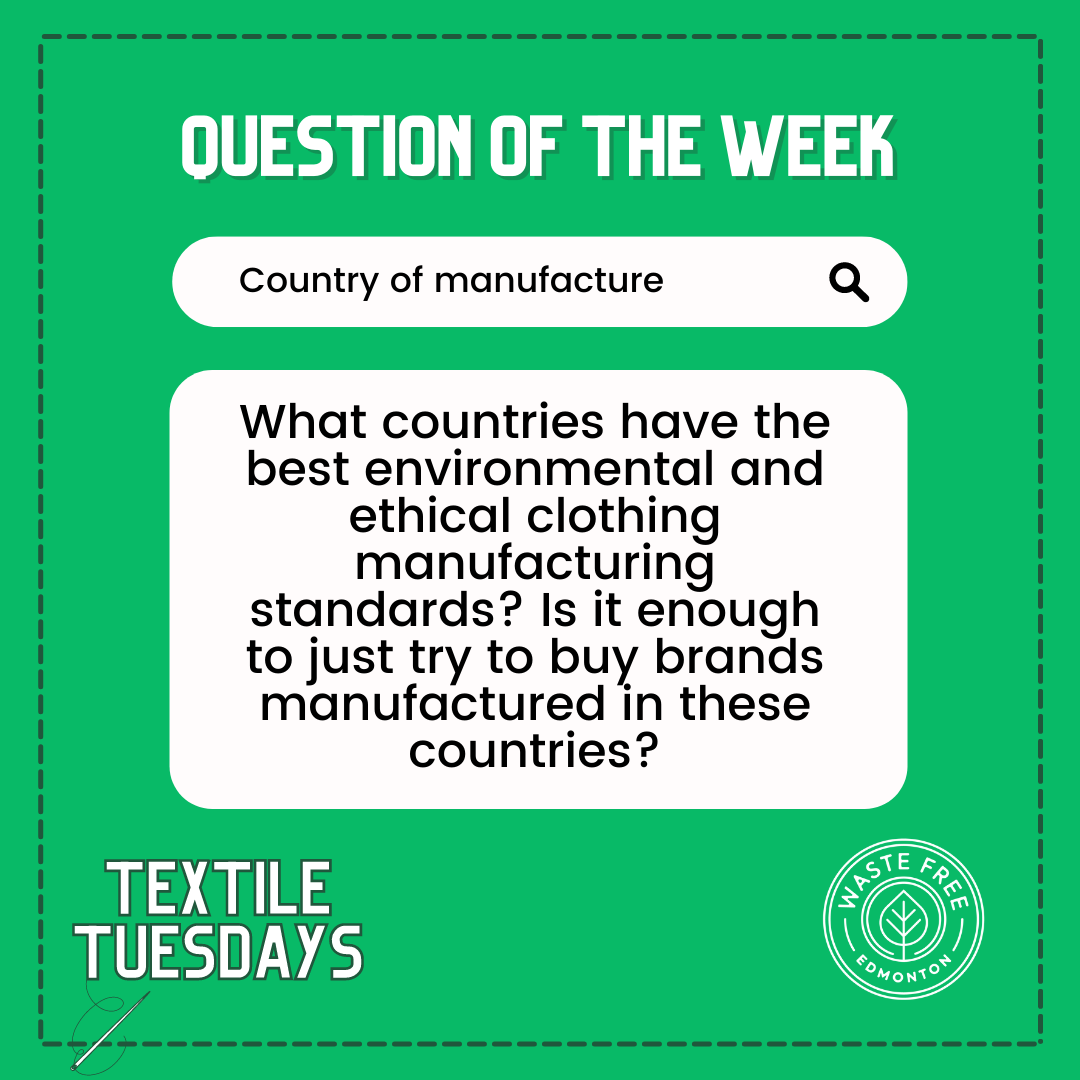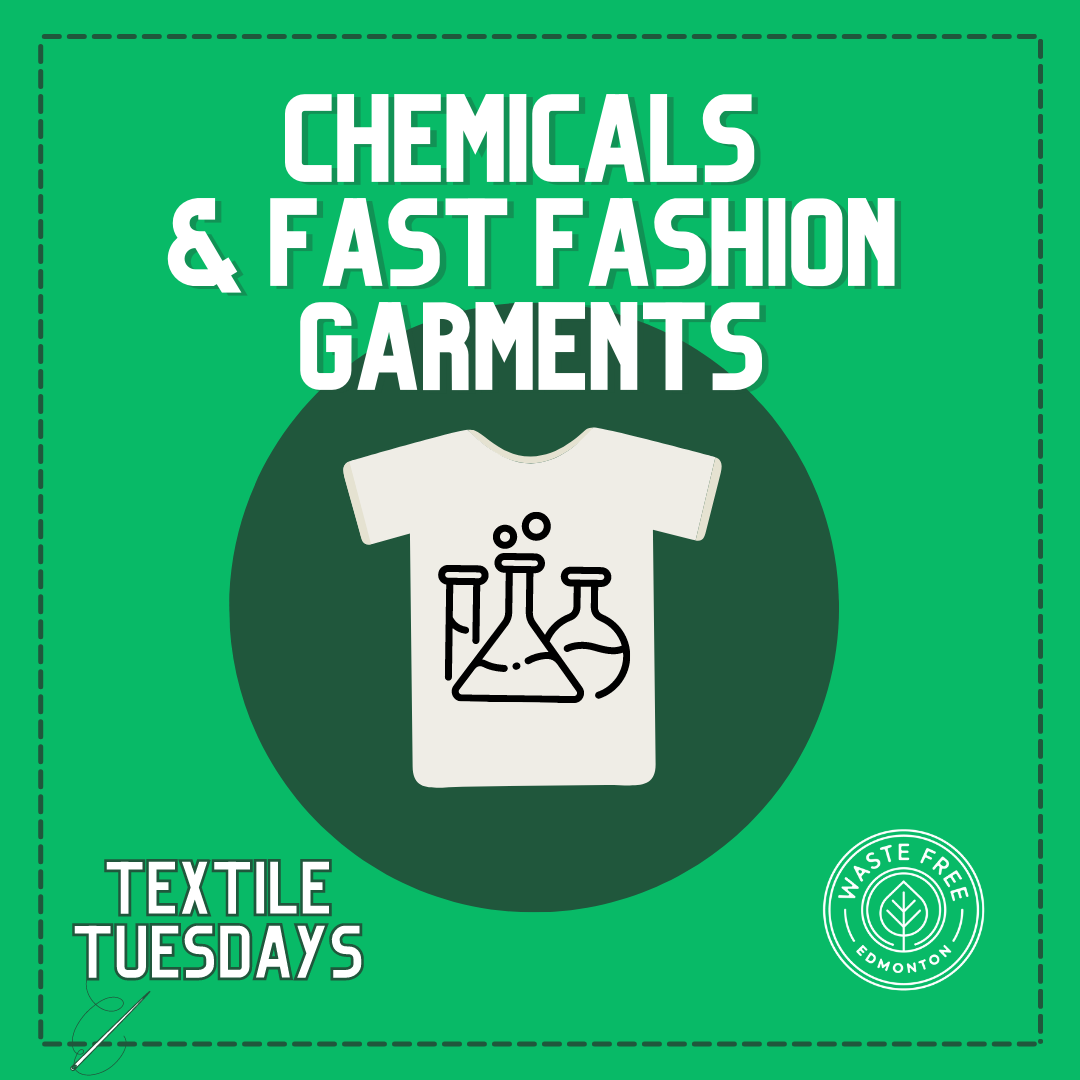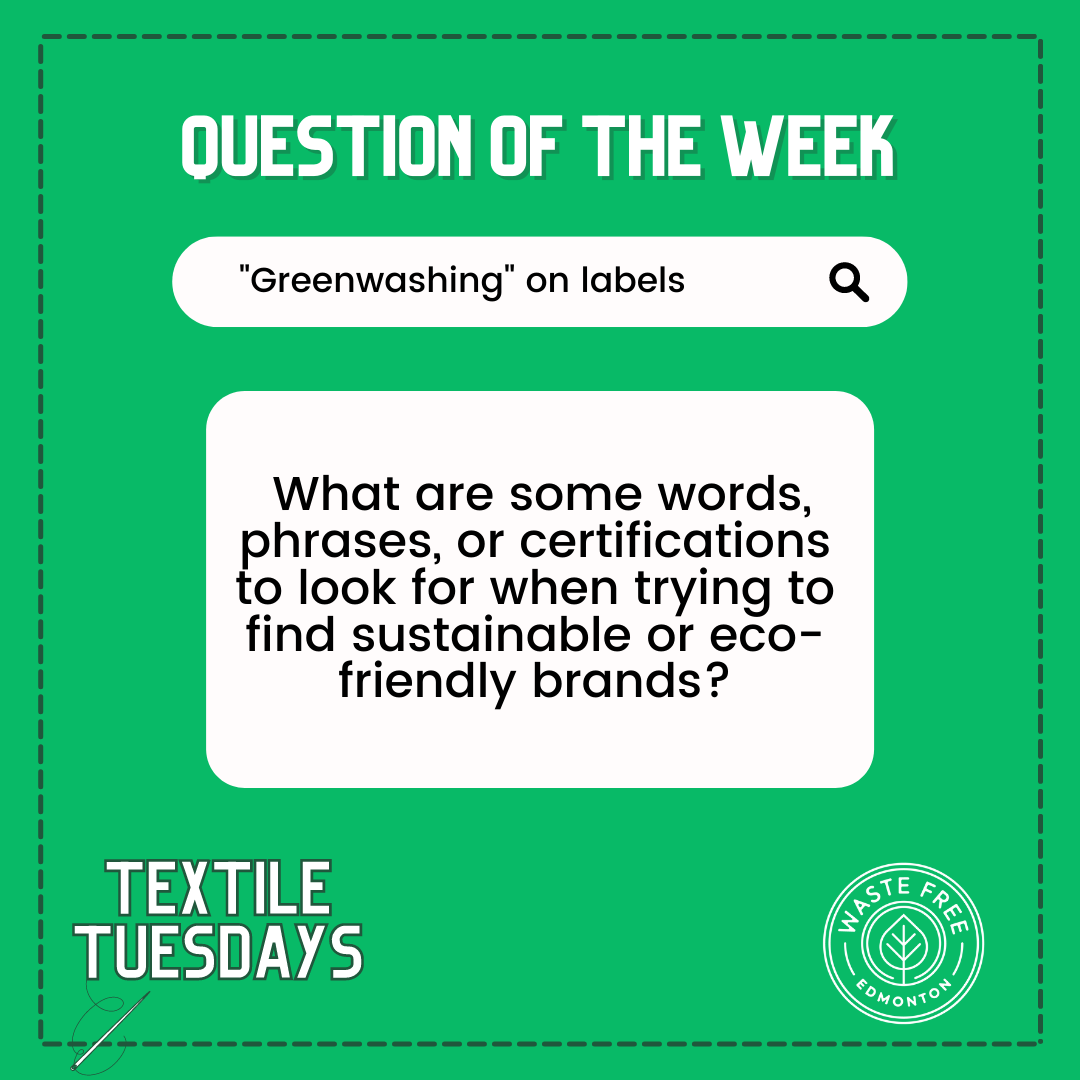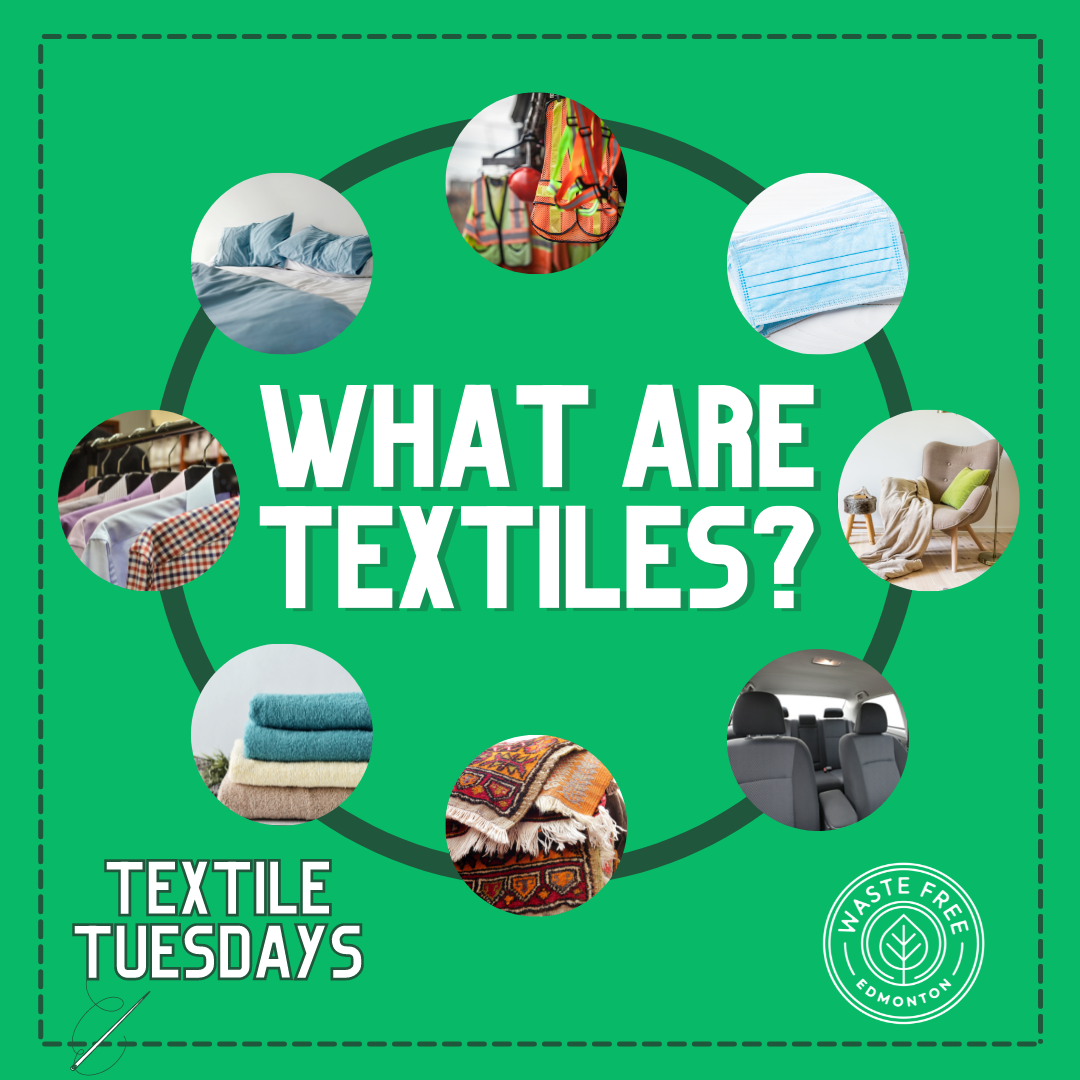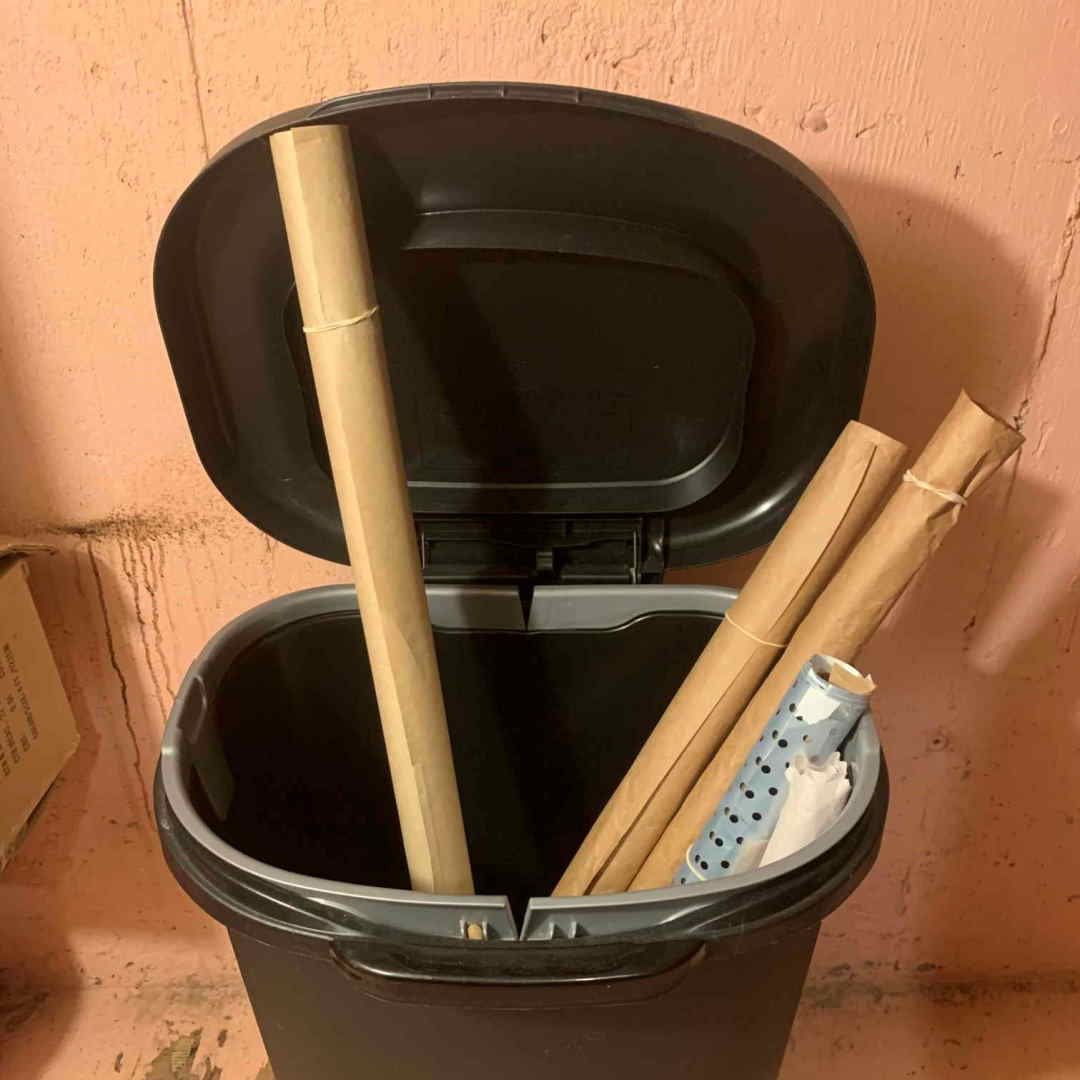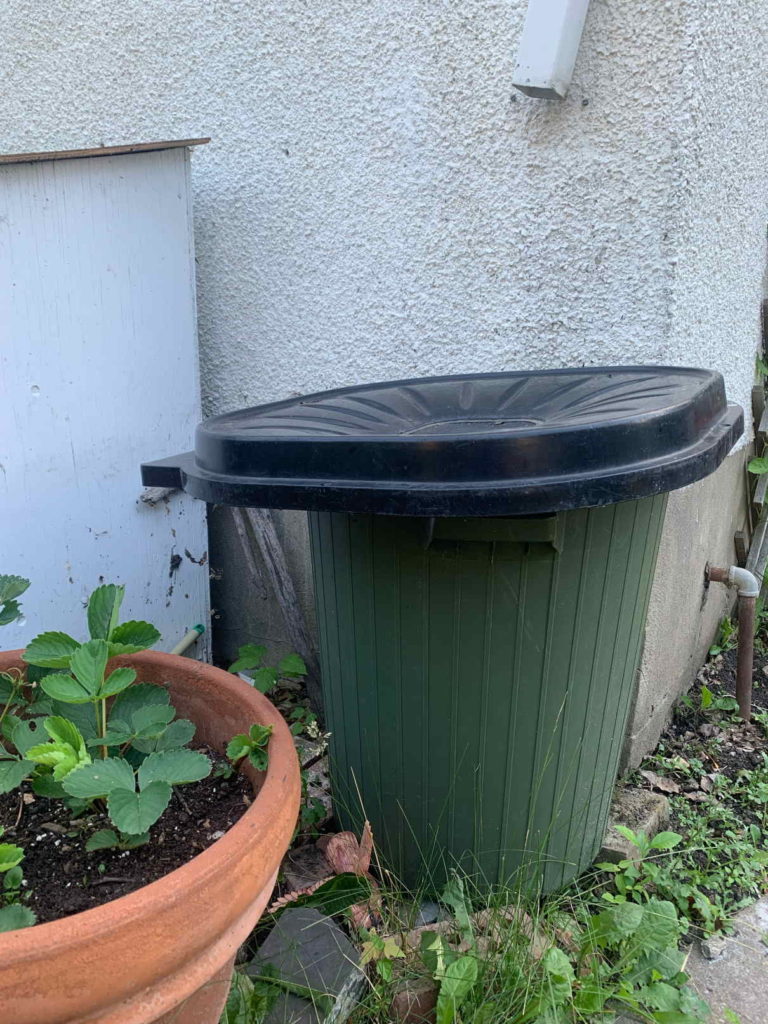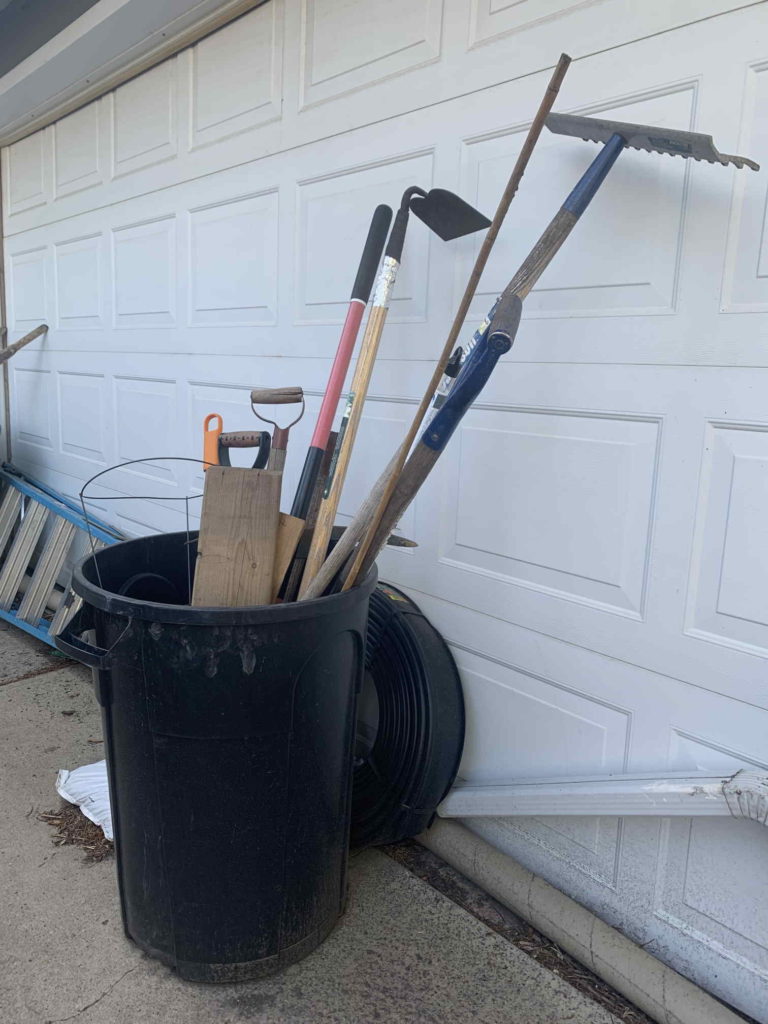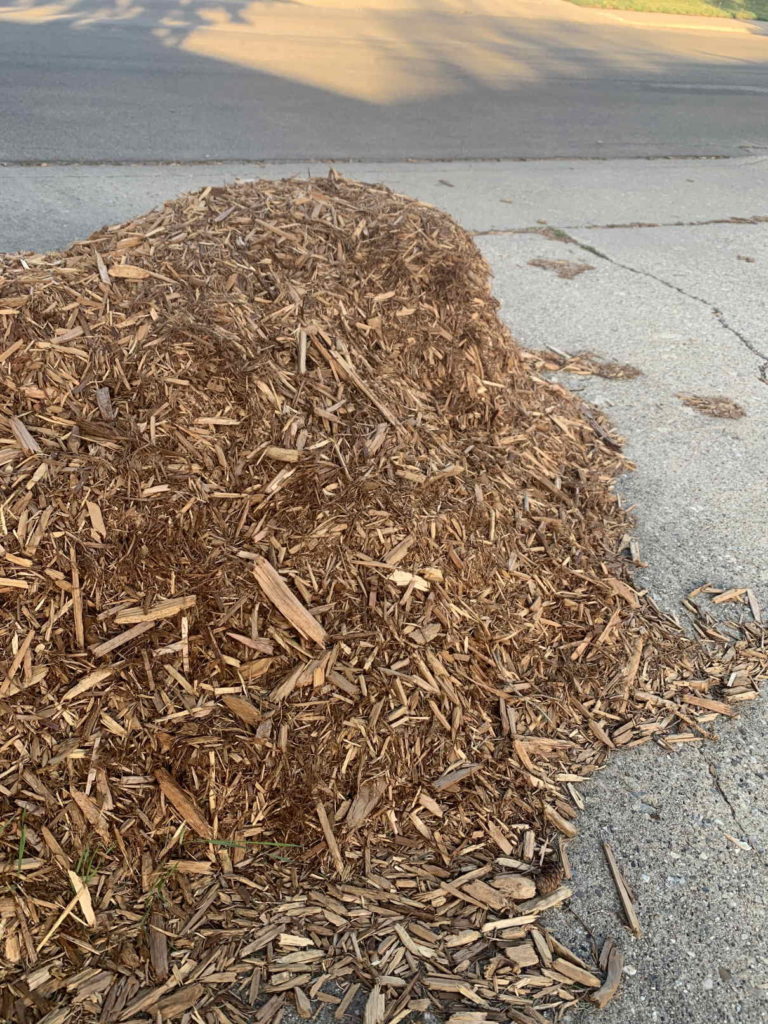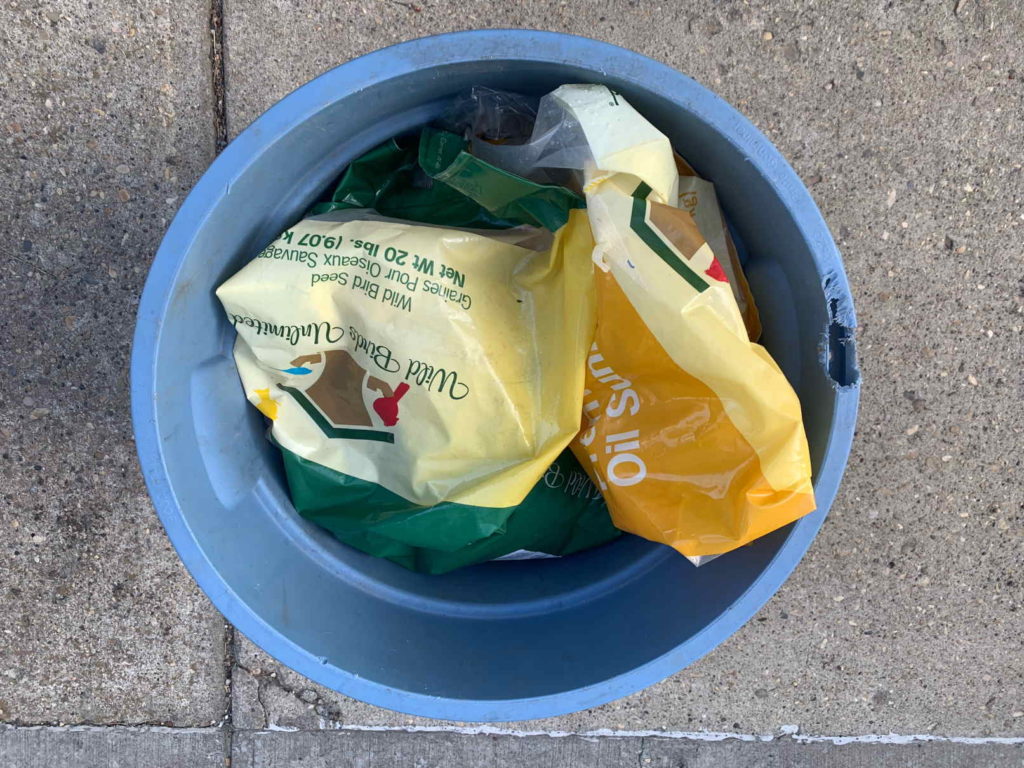It’s a bit of a misconception that any one country is “better” to manufacture in than another. Taking a stance against a country’s treatment of their population and/or their foreign policy is one way to decide where you (don’t) want to spend your money, but for most countries the answer isn’t a clear yes or no. One might assume that a product made in North America is inherently better quality or more ethically produced than a product made in Eastern Europe or Asia, but that isn’t always the case. It can be hard for North American companies to find skilled workers locally, and there are still some who pay by the number of pieces produced (aka piecework) rather than an hourly wage. Some countries with high volumes of textile production have excellent environmental standards, while some do not; there’s also the question of whether those standards are being enforced. For these reasons, it’s not as easy as simply not buying garments made in country X, and/or only buying items made in country Y.
Regardless of where they are located, however, there are many manufacturers who are choosing to adhere to more rigorous social and environmental standards. While it takes some effort, researching where products are made and pushing for supply chain transparency is one way to make more educated decisions. We’re in the early, messy stages of it all, but numerous brands have begun responding to consumer requests for this transparency by sharing who their manufacturing partners are. That information is more easily accessible from some brands than others, but a quick search enabled us to find at least some information from companies like Patagonia, Gap, REI, Arcteryx, H&M, Nike, and others. We’re not officially endorsing these companies for the record, just encouraging you to take a look for yourself.
When it comes to ethical manufacturing, it can be a bit hard to find the information you need to make an informed choice. However, browsing the websites of some third party organizations can help you identify brands taking steps towards environmental and social responsibility. For example, the Fairtrade Foundation has a section of their website on brands who use Fairtrade, and you can take a look at the Sustainable Apparel Coalition’s website to see who their members are. The Sustainable Apparel Coalition has created numerous resources for their members to use, including Higg Facility Tools for both environment and social/labour. Many brands have indicated their desire to use these tools, but unfortunately it can be difficult to tell where they are in the process unless they’re sharing that information themselves.
For smaller brands who don’t have the resources to join these larger initiatives, take a look at their websites to see what their policies are on environmental and social responsibility. Do they state clearly what their values are, what their targets are, and how they’re making those goals happen? Same goes for the larger companies too!

